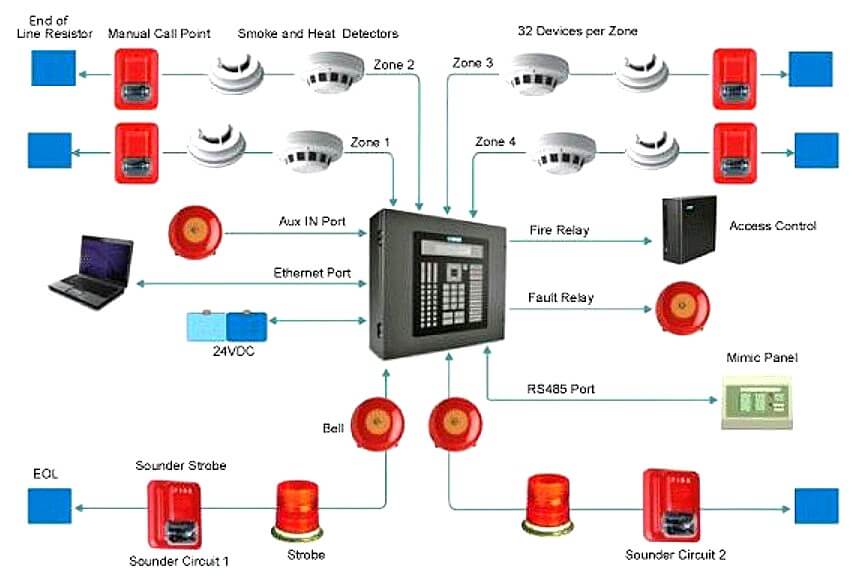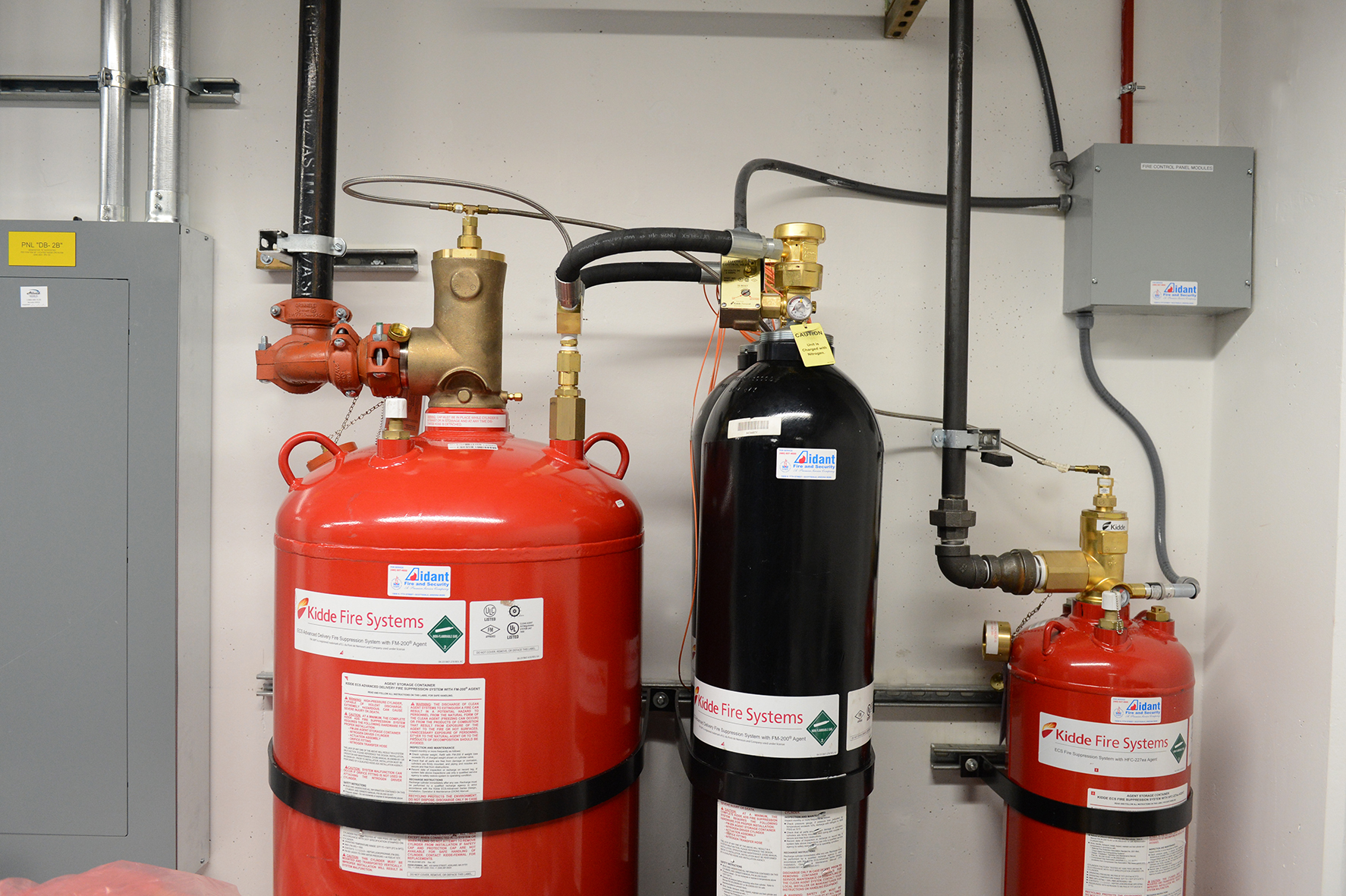

Additional design considerations included a future renovation project for all of Terminal C as part of the airport’s terminal renovation improvement project. WJE’s services included the design of a new fire alarm system that would support future tenant and concession spaces and integrate into the airportwide fire alarm system network.

#Fire system designer code
This evaluation helped identify potential code conflicts early in the design, allowing appropriate modifications before submission, saving time during the permit review process and reducing potential change orders.Ĭoncourse level shell space during construction at Dallas-Fort Worth International Airport. This included a complete review of building construction requirements, egress capacity and occupant load, exit arrangement and marking and fire department vehicle access. Ultimately, based on the desired concept to have continuous and open communication between the existing Terminal C and new High C gates, the egress concept using exterior scissor stairs was applied.Īdditionally, WJE performed peer review services of the design teams drawing packages. Using the existing fire barrier or exterior scissor stairs prevented the need for additional interior exit stairs, which would have taken away from valuable floor area within the new High C Gates area. The resulting horizontal exit or exterior scissor stairs would accommodate the required occupant load. Two of the suggested avenues included keeping the existing three-hour barrier in place after the project was completed, classifying it as a horizontal exit or creating scissor stairs at the proposed exterior stair locations. WJE suggested various avenues for compliance with the minimum egress capacity requirements. The separation, according to the fire marshal and airport staff, was intended to serve as a fire resistive separation during demolition and construction of the new High C gates, to be removed after project completion. The existing High C Gates and existing Terminal C were separated by a three-hour fire barrier system. The WJE team determined that by restricting egress through the existing Terminal C, there would be an egress capacity deficiency of 733 persons.

Existing Terminal C exits were at capacity therefore, occupants of the new High C Gates would not be permitted to egress through the existing terminal, partially due to DFW decommissioning several existing exits within Terminal C as a result of COVID-19. Added safety measures for firefighter safety were provided while avoiding implementation of unnecessary high-rise requirements.Įgress during and post construction was also at issue.
#Fire system designer plus
The fire marshal’s office concurred however, due to the size of the existing terminal plus the new addition, the fire marshal’s office required additional features from the high-rise provisions to assist in fire department operations. WJE observed that the existing building did not meet the definition of a high-rise building, per the Dallas-Fort Worth International Airport Construction and Fire Prevention Standards Resolution and Amendments to the Codes, 2015 edition, thus the high-rise restrictions being applied were not required. WJE and the design team collaborated with the DFW fire marshal and the owners to determine the basis for the high-rise classification. The concept design originally classified the existing building and thus the new construction as a high-rise building, imposing many of the high-rise criterion to the new project. This required preparation of a code summary of the applicable building codes which could be used as a basis of design by the design team. WJE was required to develop an approach that maintained occupant life safety in the existing building during the demolition and construction of the new High C Gates.


 0 kommentar(er)
0 kommentar(er)
